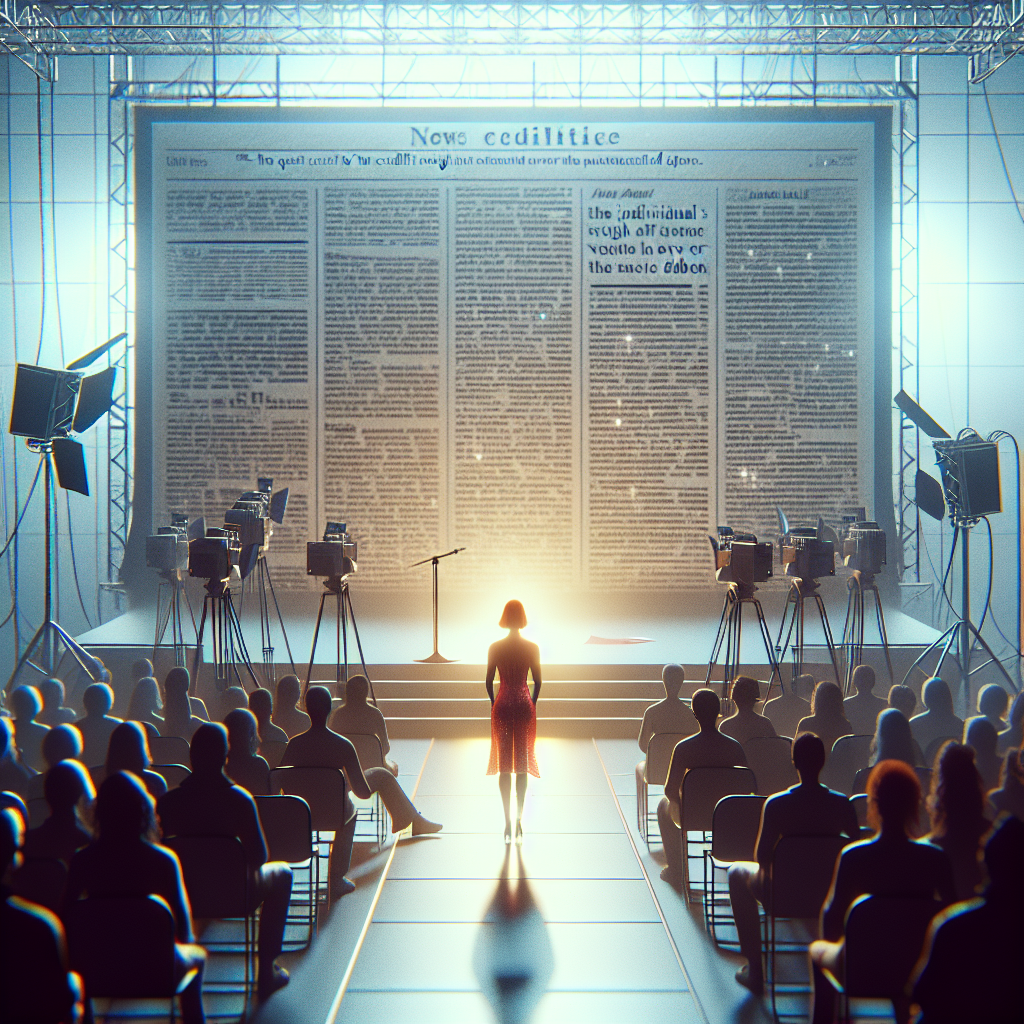
The headline that stuck with me this week wasn’t a market forecast or a new model drop; it was a reminder to speak up when creative labor is quietly swapped for a prompt. “My best friend recently taught me an important lesson about AI pessimism: Don’t remain silent and accept no substitutes” tells the story of a woman who saw her local Pride event use an AI logo and pushed the organizers to hire her instead—a small act that exposed a larger pattern of how skills, especially women’s skills, get treated as interchangeable in the algorithmic era [4]. It’s a parable for August 2025: AI is everywhere, and so is the temptation to applaud the output while erasing the artist.
That local skirmish over a Pride logo is not just a tempest in a teacup; it’s a cultural weathervane [1]. When institutions reach for a quick AI graphic, they’re not merely economizing—they are reinforcing a habit of mistaking visibility for value. In practice, it’s often the labor of women and queer creators that gets deprioritized first, because their work is already under-recognized and thus easiest to rationalize away. The friend’s insistence on being hired transformed a bad decision into an opportunity for accountability, and crucially, for acclaim to land on a human being who can actually use it [1].
Don’t remain silent, indeed; silence is the lubricant of erasure. We are also living through a definitional fog, one that aids this erasure. Consider the sharp critique arguing that Sam Altman “has no idea what a photograph is,” a provocation about the difference between a captured moment and an image synthesized from text, and why blurring that boundary should make the public angry [2]. When leaders flatten mediums, it becomes easier to treat decades of craft as a style filter you can summon on demand.
That flattening doesn’t hit everyone equally: the creators already fighting for recognition—women, nonbinary artists, photographers outside elite circuits—are the first to be told their work is reproducible by a machine, and the last to reap visibility when their techniques are absorbed into training data. Naming what a photograph is, and who made it, is not pedantry; it’s the front line of credit. But there’s a better model than substitution: augmentation with clear authorship. Education offers a glimpse of that future.
Reports describe teachers as “AI super-users,” not because they abdicate responsibility, but because they actively shape how tools fit into their practice [3]. This is a crucial distinction for the arts: the person remains the author, the AI a resource. Translate that to cultural institutions and the path brightens—commission the designer, pay the painter, and let them steer when and how assistive tools are used, with explicit attribution of human authorship and process [3]. Meanwhile, marketing is sprinting in the opposite direction, enthralled by the spectacle of AI-generated campaigns [4].
The portfolio pages glow, the case studies hum, and yet the credits are often a shrug toward a model, not a person [4]. This is where performative gestures metastasize: an ad that claims to celebrate a community or a cause while quietly replacing the very creators who’ve long told those stories. The cost isn’t only economic; it’s reputational, funneling acclaim toward prompts rather than people, and training audiences to accept outputs without provenance. For those already under-recognized, the climb to visibility steepens.
Even the best intentions can misfire when symbolism outruns accountability. Fans of Umamusume tried to pay tribute to a recently deceased racehorse, but the effort didn’t go as planned [5]. That stumble is instructive: sincerity alone doesn’t guarantee resonance. Whether in fandoms or festivals, creative homage works when it is rooted in relationships—listening to affected communities, crediting contributors, and adjusting course when reception reveals blind spots.
In other words, do the slow work, not the performative one-off [5]. Platforms are not neutral spectators to these norms; they scaffold how we learn what counts as culture. When Google Arts & Culture publishes tips to help students recover from the “summer slide,” it’s not just pedagogy—it’s canon formation by interface, directing attention and signaling what is worthy of study [6]. Used well, such platforms can broaden the tent and invite young people to encounter overlooked creators; used lazily, they can entrench the same narrow reference points.
Pairing platform reach with educator wisdom—the kind of pragmatic agency teachers are exercising with AI—can widen the pipeline of recognition rather than bottleneck it [3][6]. And a final caution: headlines about leadership churn are not structural change. The departure of Diablo’s chief after five years at Blizzard is notable, but swapping a nameplate does not rewrite the reward systems that determine who gets commissioned, credited, and celebrated [7]. In the arts and adjacent industries, we often mistake personnel moves and glossy pledges for reform; then the procurement sheets, juries, and style guides remain untouched.
If acclaim is an algorithm, it runs on inputs—budgets, bylaws, bargaining power—not on promises [7]. So what would it look like to refuse silence and substitutes at scale? Start with procurement: require any event, brand, or institution to budget for human creators first, with AI as an assistive line item only at the artist’s discretion. Publish credit policies alongside the work—who directed, who templated, who composited, and what tools were used—so recognition can be tracked and rewarded.
Tie public funding and sponsorships to transparent commissioning data, including pay bands and demographics, to measure whether women and other under-recognized creators are meaningfully represented. Establish community juries that include educators, working artists, and archivists to review AI use cases, guarding mediums against definitional drift while leaving room for experimentation [3][2]. Build residencies that pair teachers—the original super-users—with local artists to co-develop curricula that teach both craft and tool literacy, seeding inclusive acclaim from classroom to gallery [3][6]. And when institutions misstep, follow the Pride-logo lesson: speak up, correct course, and ensure the next headline names a human artist who got the job [1].
Sources
- My best friend recently taught me an important lesson about AI pessimism: Don't remain silent and accept no substitutes (PC Gamer, 2025-08-12T08:42:44Z)
- Sam Altman Has No Idea What a Photograph Is and That Should Make You Angry (Fstoppers, 2025-08-16T17:05:12Z)
- Teachers Have Become AI Super-Users (The Atlantic, 2025-08-12T11:30:00Z)
- 10 AI-Generated Ad Examples That’ll Blow Your Mind (And Inspire Your Next Campaign) (Webfx.com, 2025-08-13T10:01:38Z)
- Umamusume Fans Tried To Pay Tribute To Recently Deceased Racehorse, But It Didn’t Go As Planned (Kotaku, 2025-08-11T16:45:22Z)
- 5 ways to recover from the “summer slide” with Google Arts & Culture (Blog.google, 2025-08-14T13:00:00Z)
- The head of Diablo, Rod Fergusson leaves Blizzard after a 5 year stint (Notebookcheck.net, 2025-08-11T02:55:00Z)







































